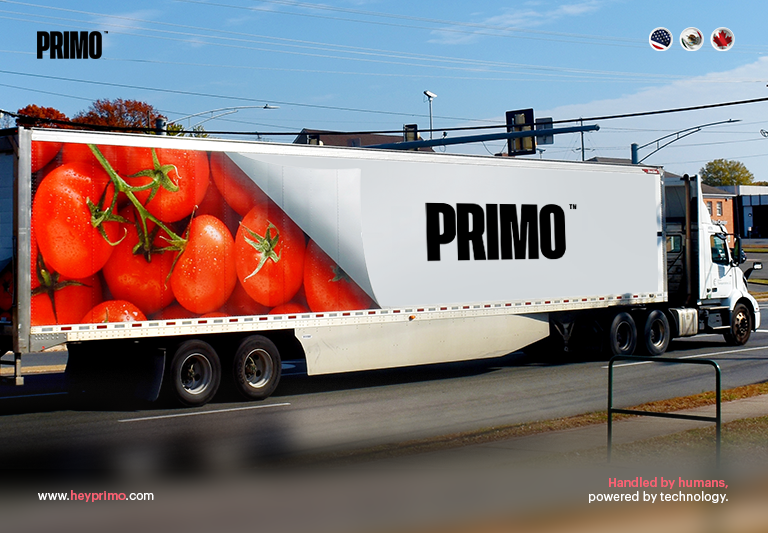The arrival of spring heralds the beginning of the produce season, bringing a flurry of activity in the logistics sector. PRIMO is adept at navigating these seasonal changes as a leading logistics partner in the US, Mexico, and Canada. Drawing on recent insights from industry experts at DAT, this blog post explores the key questions surrounding produce season: When, how, and how much?
Produce season typically starts between mid-March and April, with significant activities in the Southeast and California. As Dean Croke and Ken Adamo from DAT noted, the exact timing can vary significantly due to weather, which affects crop viability. For example, volumes for tomatoes and strawberries in southern Florida are currently down over 30%, a situation monitored closely through DAT’s weekly market update show, DAT iQ Live. Keeping an eye on these updates can help shippers and brokers plan more effectively.
The influx of fresh produce into the market significantly tightens capacity, especially for refrigerated (reefer) and dry vans. As production volumes increase, the demand for transportation grows, squeezing available capacity and pushing up costs. For instance, the DAT MCI index for southern Florida indicates market tightness during the produce season, which can lead to increased linehaul costs. This tightening is often seen in lanes such as from Lakeland, Florida, to Atlanta, Georgia, where rates have historically surged by up to 50% during peak months.
Freight rates on critical routes, such as from Lakeland to Atlanta, significantly increased from an average of $800 to $1,200 in 2023, and a similar trend is expected this year with a peak average of $1,038. Understanding these trends is crucial for planning RFP strategies and managing budgets effectively.

The produce season poses unique challenges and opportunities for logistics professionals. Businesses can navigate this busy season effectively by leveraging timely insights and adopting adaptive strategies. PRIMO Logistics remains committed to providing our clients with the expertise and support needed to excel.
Is your logistics strategy ready for the 2024 produce season? Contact PRIMO Logistics at PRIMO Logistics Contact Page for expert guidance and customized solutions.